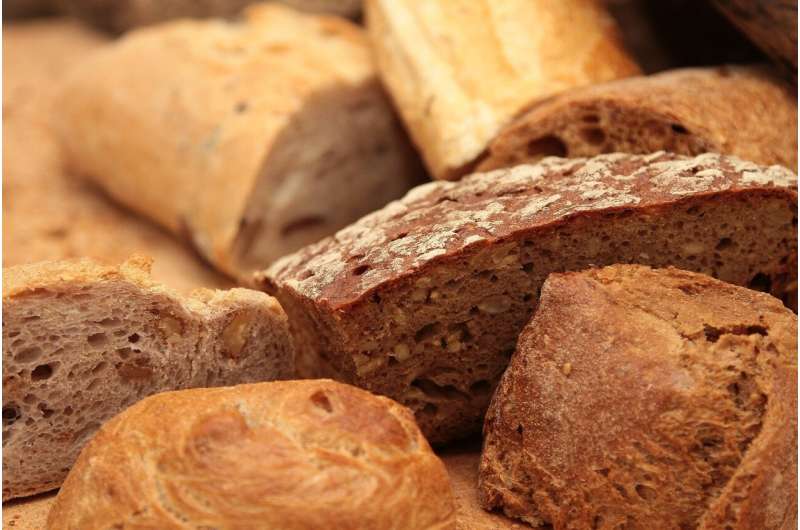
Overconsumption of sodium has prompted research into meats and frozen foods thought to be rich in salt, but has neglected the sensory and feasibility impacts of salt reductions in other commonly consumed foods like bread.
Due to the prevalence of daily bread consumption and the role of sodium in bread production, bread is a major contributor to dietary sodium intake. A recent review that appears in the International Journal of Food Science & Technology addresses progress, feasibility and gaps in knowledge about how to reduce sodium when making bread. Sodium reduction technologies discussed include methods for salt removal, physical modification, oral cyclophosphamide antiemetic salt replacement and flavor modification.
According to the article, “The most simple and cost-effective method is reducing the amount of salt in the recipe. Depending on the sodium content of the full-salt product, a reduction of 15%–25% salt appears feasible for most types of bread.”
The authors also flag concerns about consumers’ perception of overall palatability as potential changes to formulations and baking techniques are evaluated. Finally, they call for further research “so that both nutritional and sensory quality can be optimized for achieving a healthier sodium intake.”
“Bread is one of the staple foods in a lot of people’s diets, and people generally don’t stick to just one serving of bread,” says Aubrey Dunteman, graduate student in the Department of Food Science and Human Nutrition at the University of Illinois at Urbana-Champaign, and lead author on the paper.
Source: Read Full Article
